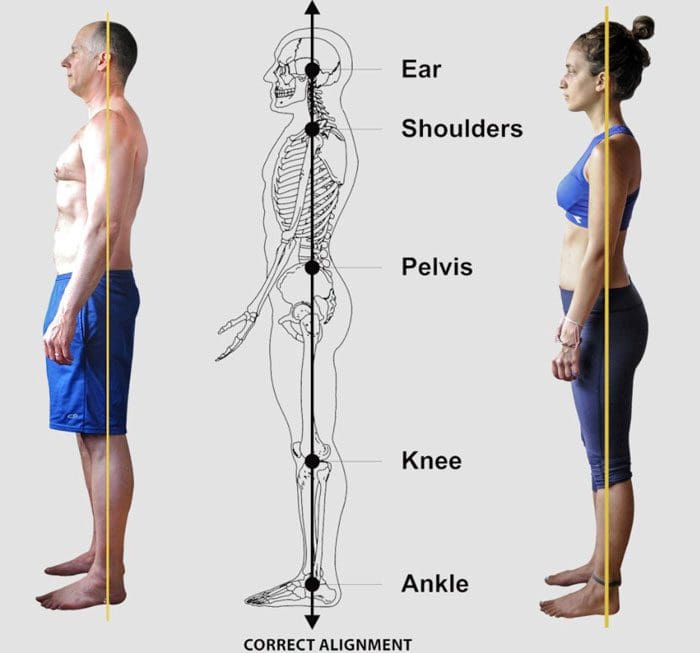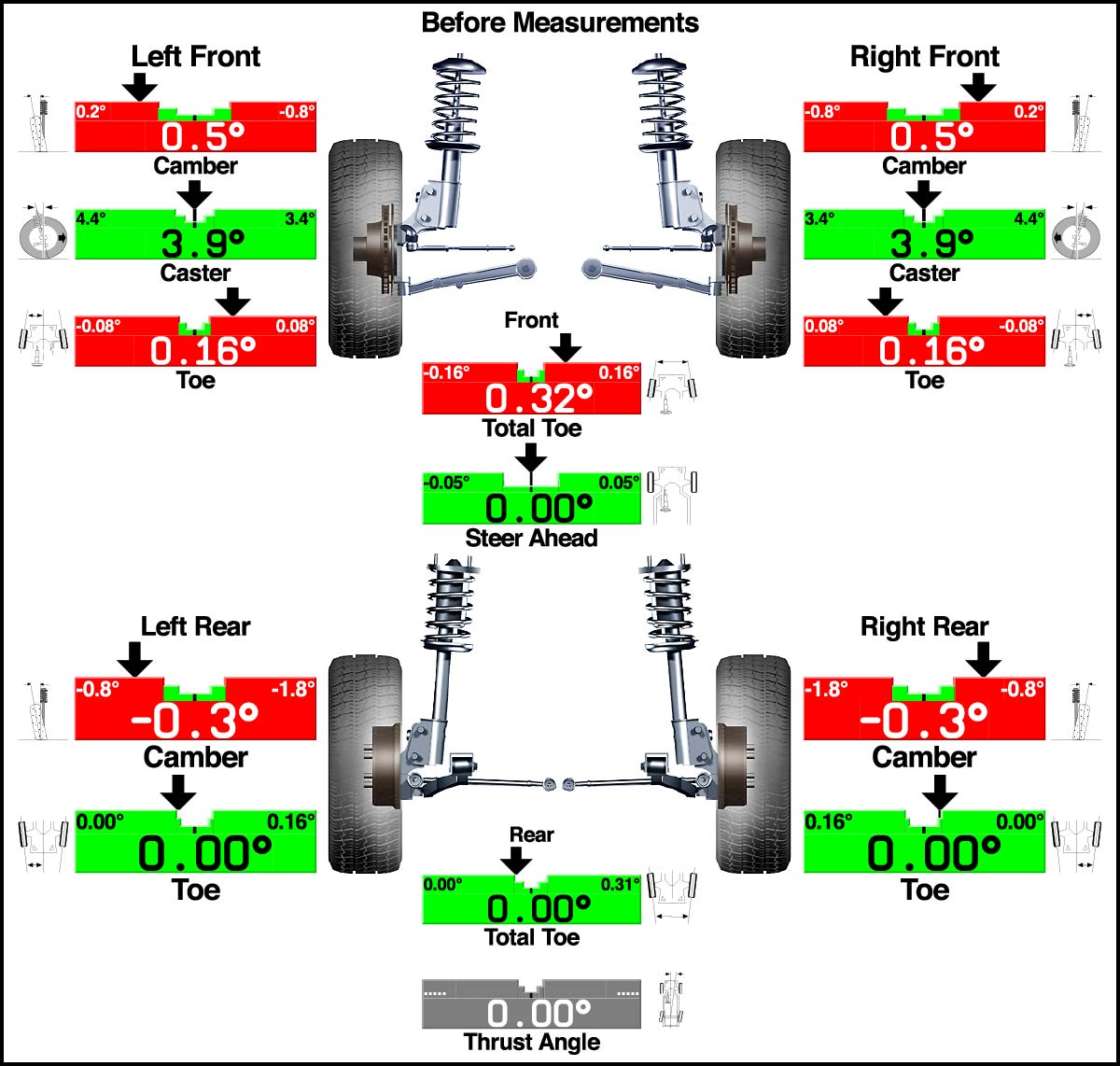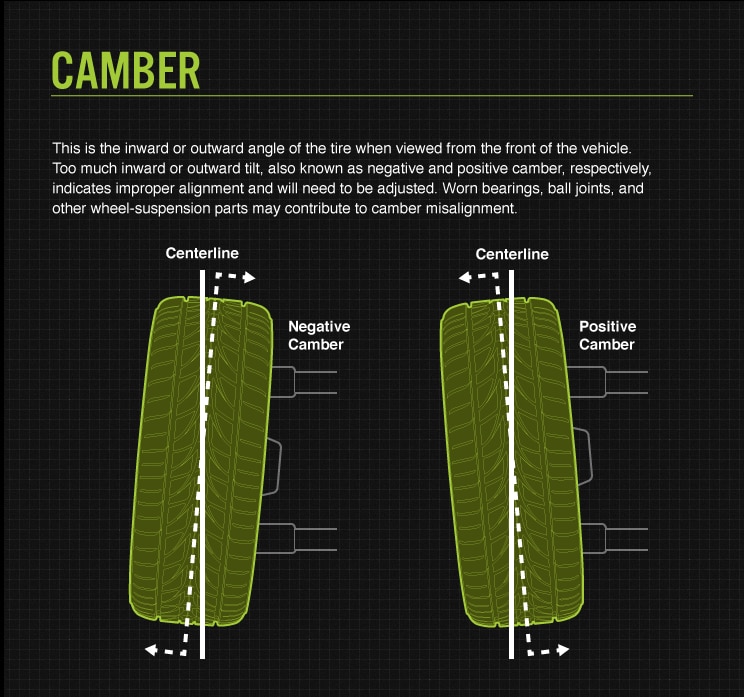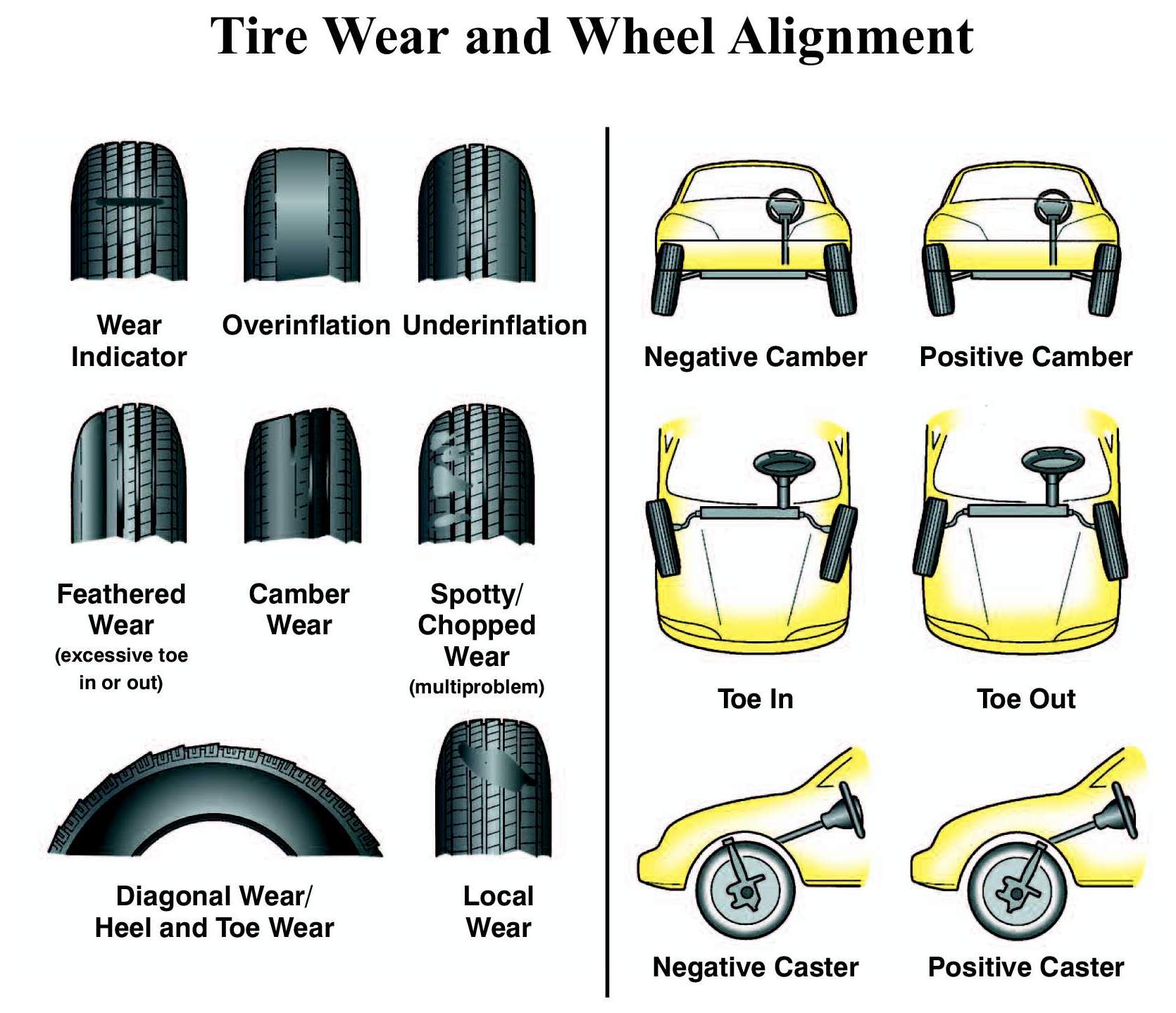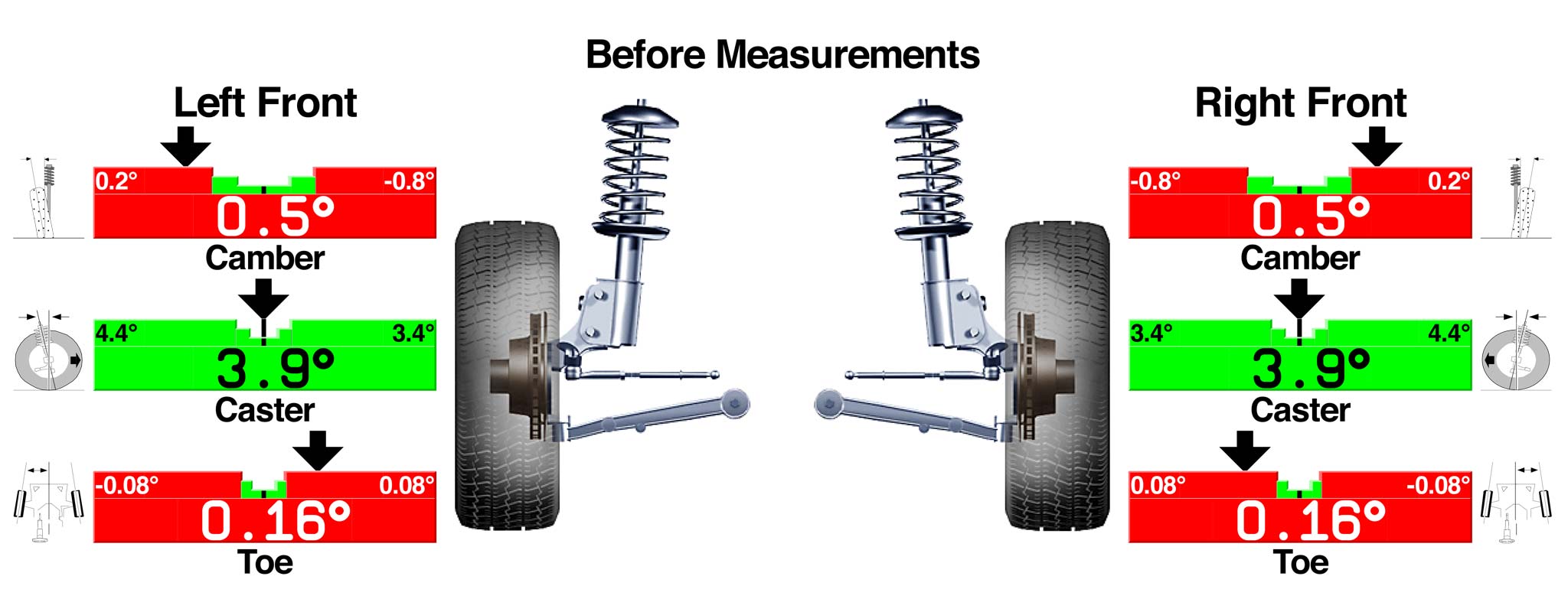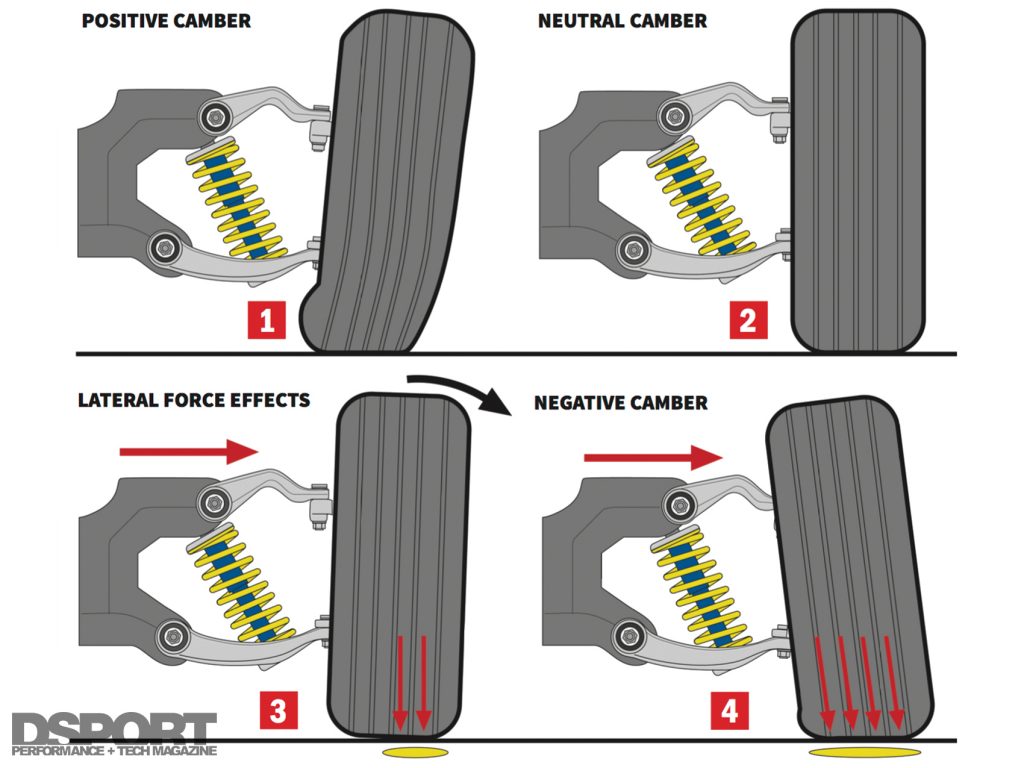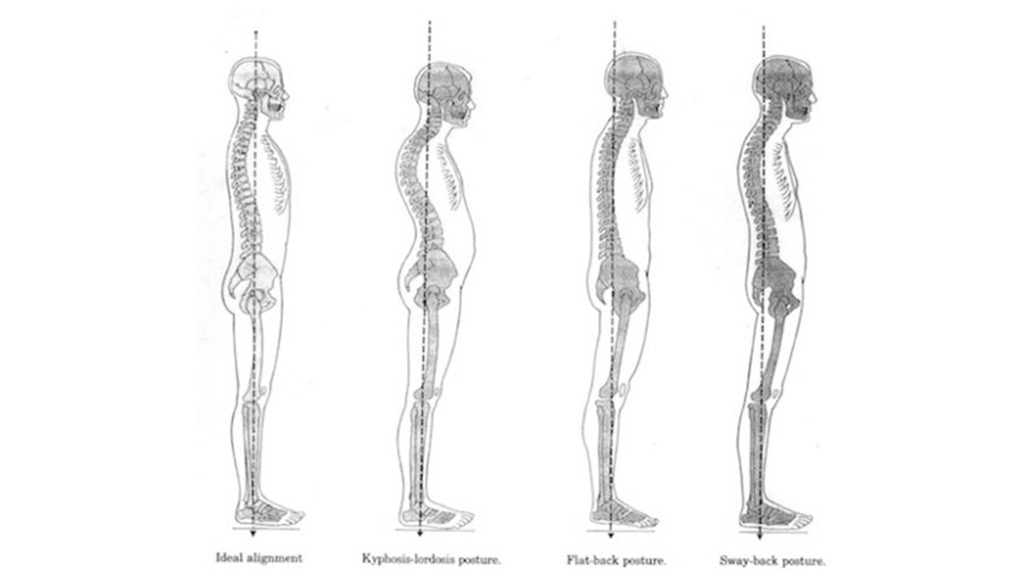Top Notch Tips About How To Tell If Your Back Is Out Of Alignment

The lower back (lumbar spine) is the most common area for spondylolisthesis (vertebral.
How to tell if your back is out of alignment. Read about the ways to develop better posture and improve your back alignment. Vertebrae out of alignment (spondylolisthesis) in the lower back. If you are experiencing one or more of the following symptoms, it may be indicate a twisted pelvis:
Bad postural alignment can be the source of much back pain. A chiropractor explains why this is so common, plus how to bring it back into its proper place. If your lower back is out of alignment, you're not alone.
People with spinal pain have headaches at a rate of about 15%. Back pain or neck pain: Spinal misalignment and pain can be associated with headaches.
The most obvious sign of spine misalignment is pain in the neck, back, or hips. One quick way to check if your body is in good alignment is by the way you walk. If you can't twist your neck left or right or you feel pain when you turn your neck, there's a good chance your neck is out of alignment.
It’s possible your spine is out of alignment. Keep in mind that you can be in alignment in some areas of life, and out of alignment in other areas. Additionally, spine misalignments may cause pain.
The common signs and symptoms that your spine is misaligned include: Difficulty walking or standing because of pain in the lower. The length of your legs can give a nice clue about a back out of alignment.
Simply walk around your home and take a look at how your feet are positioned. Other things that your chiropractor may do to determine if your spine is out of alignment are to check your range of motion (reduced range of motion usually. How to tell if spine is out of alignment.
Signs your neck is out of alignment. If your spine is misaligned, it can cause pain and discomfort and other. Possible signs that your spine is out of alignment include:
How do you know if you’re out of alignment? Many times, we don’t have the idea of any difference between the length of our legs. You might also notice your knees hurting without having an injury or other.
Headache, joint pain or back pain. If you have a problem in your upper back or an alignment issue putting pressure on your ribs, you might notice a twinge of pain if you try to take a couple of deep breaths.


